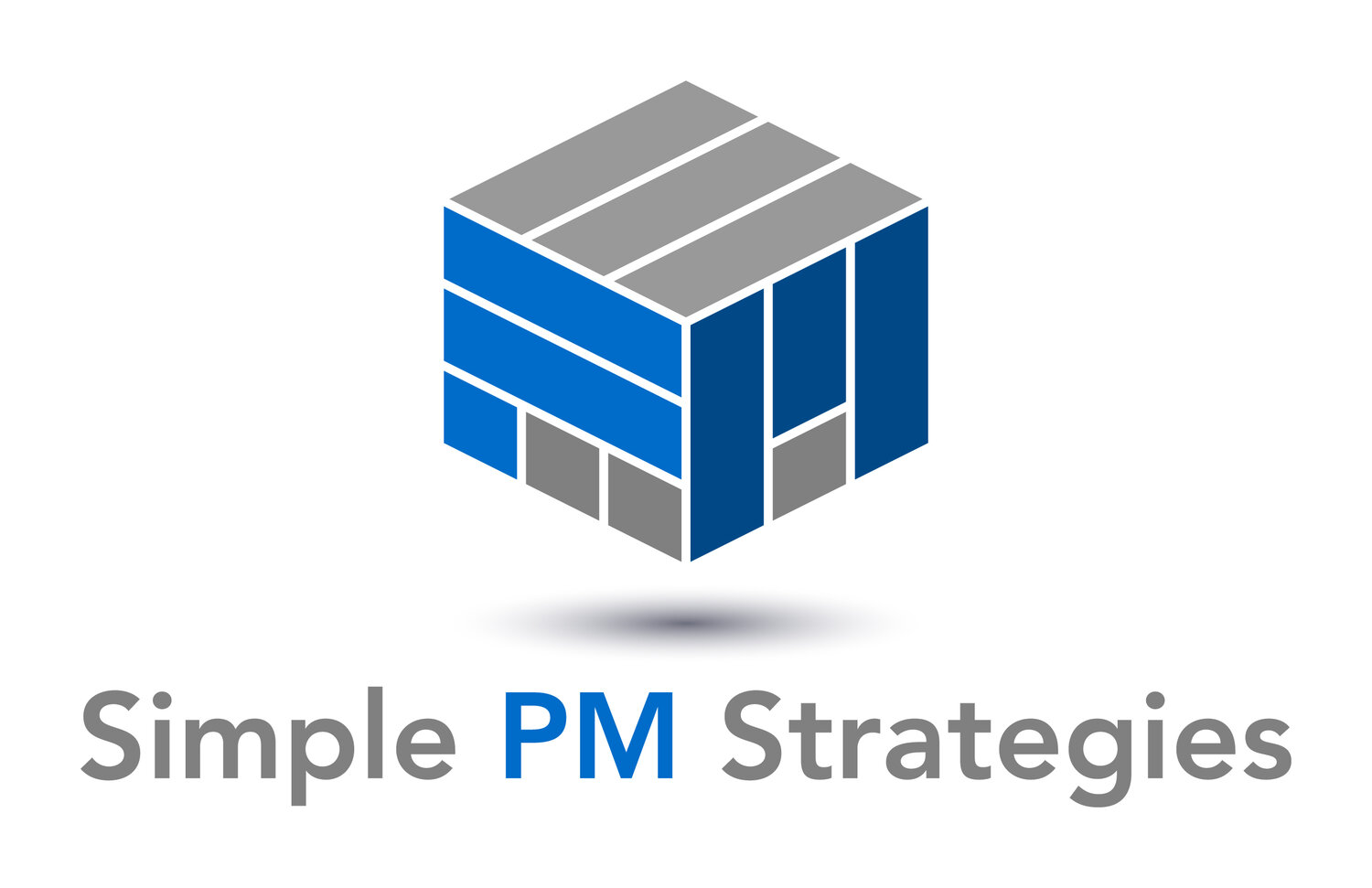Step 2 to Project Success
Step 2 for project success is the second step in the project, but the first step in a daily and weekly three-step cycle that involves steps 2, 3, and 4, throughout the project.
Prepare and Plan
There are five steps to a project, with the middle three repeated each week, or as needed, and it’s the first of those three that is covered here.

Step 2 of project success
Prepare and Plan - Overview
At the beginning of your project, and then each day or week, prepare for speaking to your team and others by reviewing over your current plan and approach.
Review the approach your project is taking; the steps you are following. Do they still work and make sense? Have they changed or have recent outcomes triggered changes?
How will you know when you’re done? What does “done” look like? Can anyone reach the same conclusions using the same measures without your guidance? Does everyone have the same perspective about “done”?
For this approach, have the skill sets or tools you need changed?
Just open that cocktail napkin a little more so we can see all four squares and answer a couple more questions.
Put down one or two bullets for each of the following: What new constraints do you see, or feel are there?
Have assumptions changed?
What about risks? If something adverse happened, what would it cause, what affect would that have, and how could you mitigate that? This gets you thinking about what to look out for, so add whatever pops into your noggin and you can always add some more detail later.
And lastly, with a thumb in the wind, how much is this all going to run you? Include anyone you have to pay, maybe your own time, and any equipment you may have to buy or rent.
Prepare and Plan - Details
- Review Measurable Objectives
- Make sure you and the team are working towards the things on which you said your success was going to be measured. It’s easy to drift.
- Work the measures into your conversations with your team and stakeholders
- Review Assumptions
- Scan your assumptions list for anomalies or imminent issues. Assumptions change.
- Review Constraints
- Look for anything that has recently surfaced.
- Review Risks
- Use the risk formula: (1) Something happens and what does that cause? (2) What is the effect on the project of that cause? (3) How can the project mitigate that to reduce or eliminate the risk?
- You can also just accept it.
- Review Financials
- Compare spend, progress, and remaining. Does the amount spent on the outcomes at this point match the budget that’s been spent?
- Revise planned hours and reprioritize or change tasks and deliverables if needed.
- Review Open Items
- Items are not necessarily issues.
- Ask (1) What is the open item priority? (2) Is what is needed described appropriately? (3) Who has the current action to do? (4) Is one of them on fire?
- Review Stakeholder Communicatons
- You should have a little table of what to communicate to whom, when, and how; and then just follow that
- Start with the same baseline of basic information for the team, and add in risk and financial items intended for stakeholders
- Review adoption / business change management
- Review where things are at and what is being created
- Remember to keep change personal and remember David Viney’s “J” curve
- Draft your status
- Create the baseline draft status that is the core for the team, steering committee, and other stakeholders
- IMPORTANT: Make sure everyone knows what has to get done this week to keep the project on track. Projects go off track one day and one week at a time. Nip issues in the bud right away.
MPM model relevance?
What does this have to do with that MPM model that looks like a stop sign?
- Each week you are looking at the highlights of a number of different pieces across the Lead, Oversee and Schedule project domains.
- You’re starting with and each week reviewing the contents of your Project Management Plan tool, the challenges you have identified and your cost projections.
- Your project team primarily cares about the tasks and challenges, and your stakeholders primarily care about the timeframes and costs.
- Your Step 2 focus is to prepare for meeting with the project team and stakeholders by going creating or reviewing the plan which uses the tools of the project management plan, challenges listed, and cost projected, pulling, as needed, the core pieces you created.
Summary
In conclusion go through the items above on a frequent basis because it’s easy to forget week to week your assumptions for success.
The online courses contain downloadable templates to use if you prefer that.
Action Steps / Apply This Knowledge
- Write or review at least two sentences or items under each detail item above.
- At the very least create some questions or concerns to brainstorm with your team because that’s what they’re there for. You don’t have to have the answers, but you have to have the questions.
- AI GPT (e.g. chatGPT) Prompt: “I’m a business leader who is managing a project that is delivering X benefit using Y technology with Z constraints. What risks should I be aware of?”
Learn More to do More
Quick access to steps that help: https://simplepmstrategies.com/learning-hub-index
Step 2 to Project Success
© Simple PM Strategies 2024
